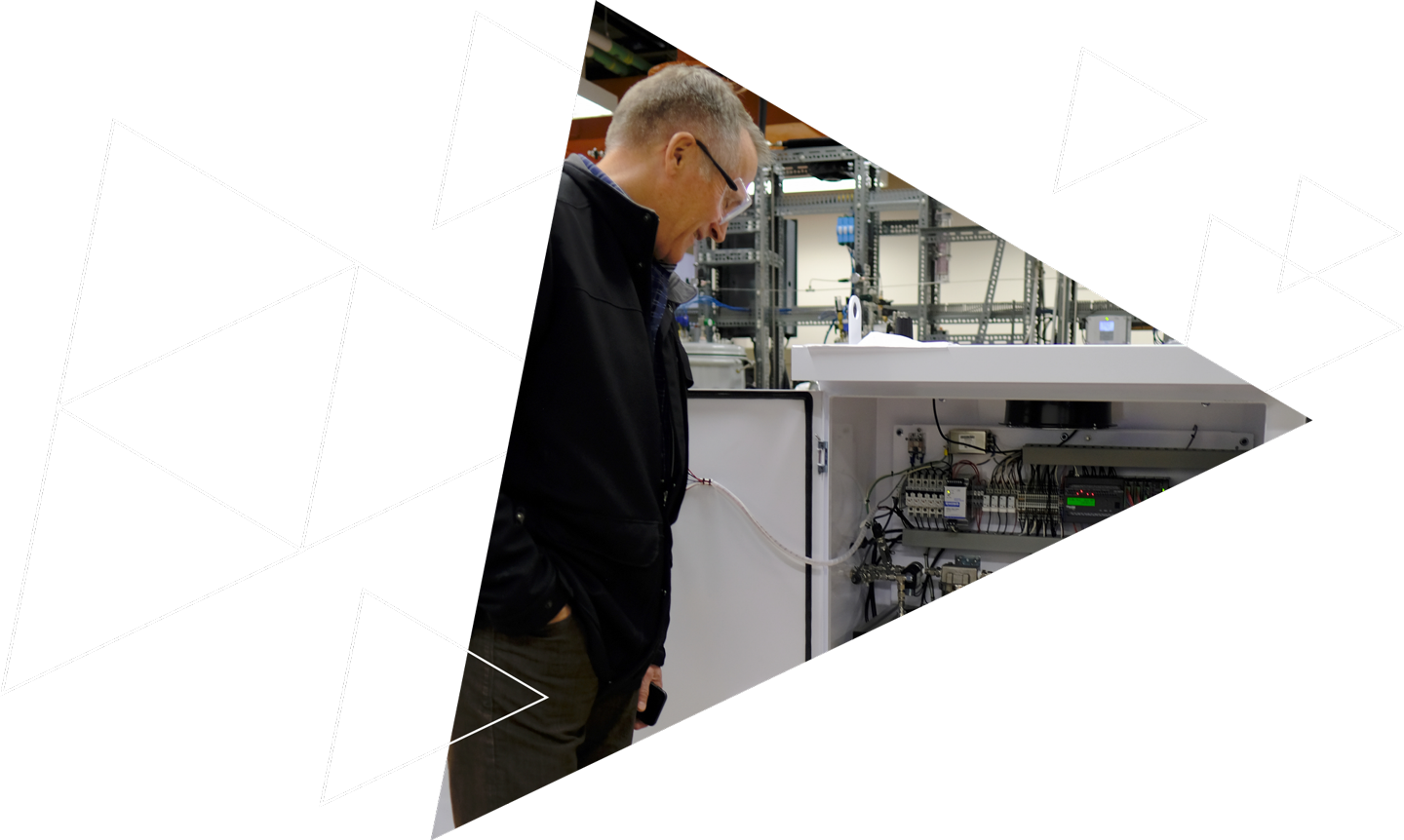Radical changes in energy sources, regional markets, distribution systems, societal demands and consumer interests are making our current electrical infrastructure obsolete. Grid Forward members are working together on the new model.

The electrical infrastructure is undergoing a dramatic transformation. On the one hand, distributed energy sources (wind, solar and storage), demand-side management, and a diversity of monitoring and analytics solutions are upending the economics of traditional grid management. On the other, regional governments and businesses are pushing for reliable, low-cost, carbon-free power, and taking on active roles in how power is managed and delivered. The technology exists to align the new dynamics of the system effectively – and Grid Forward and its members are collaborating on the best paths to scalable, affordable solutions to get there.
“We’re excited to be a member of Grid Forward as it focuses on issues that impact our utility, customer-owners and local communities,” said Debra Smith, CEO of Seattle City Light. “The work to accelerate grid innovation will be important as we pursue regional goals such as electrification and deep decarbonization, while continuing to deliver reliable, affordable power.”
Grid modernization is no longer an option: it’s the proven path for utilities to build new capabilities and operational models to meet the needs of the regions they serve. Grid Forward will help all stakeholders pursue these goals: